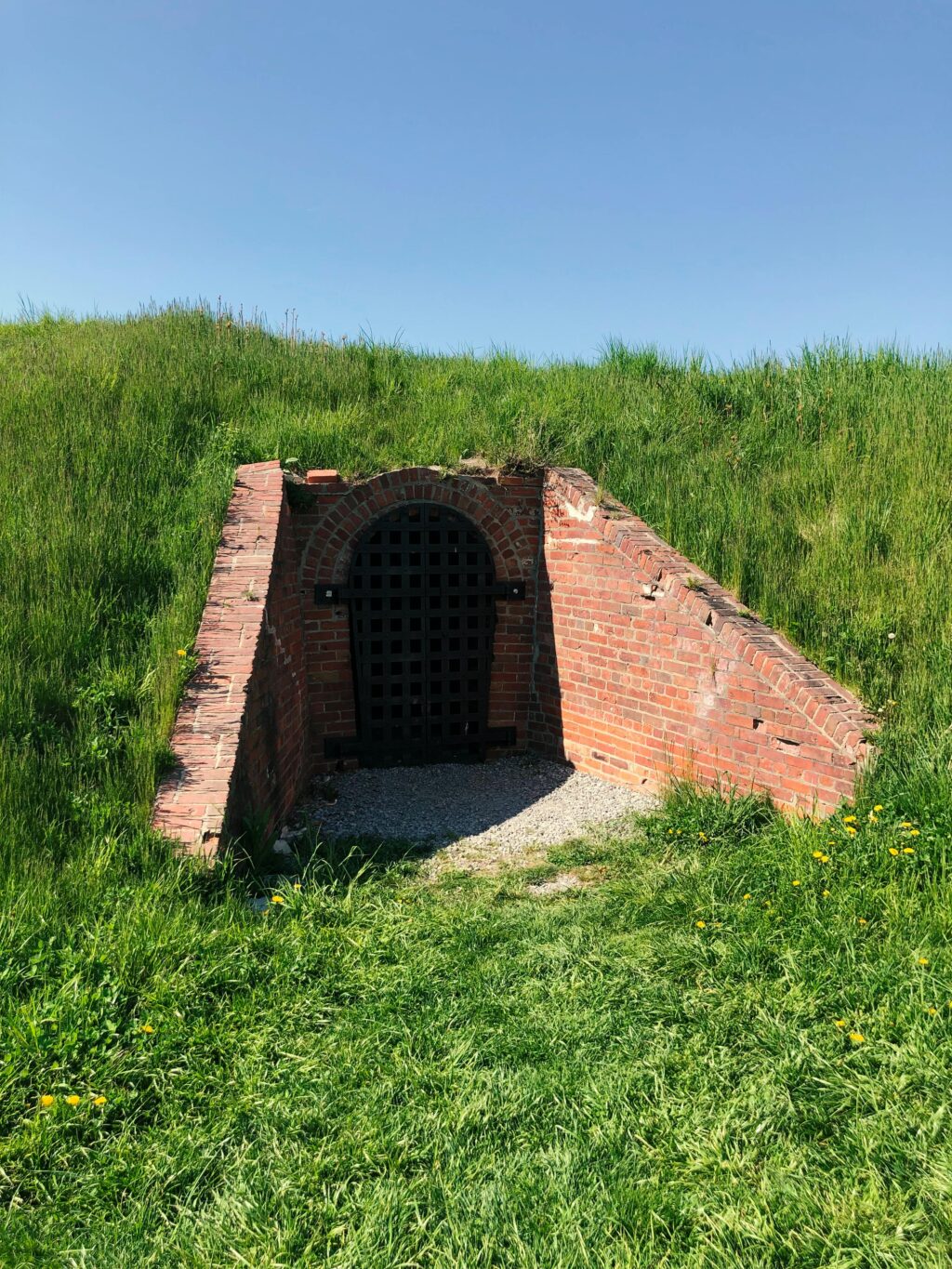Underground Storm Shelters: A Comprehensive Guide to Staying Safe During Extreme Weather

Introduction
When disaster strikes, safety becomes the utmost priority. Have you ever wondered if there’s a way to guarantee the safety of your family during violent storms? That’s where underground storm shelters come into play. These shelters are a game-changer in providing protection from severe weather events like tornadoes, hurricanes, and even earthquakes. But what makes them so special, and why should you consider having one installed? Let’s dive deep into everything you need to know about underground storm shelters.
What Are Underground Storm Shelters?
Underground storm shelters are exactly what they sound like—specially constructed shelters built below the ground to protect you from extreme weather conditions. Think of them as your very own underground fortress designed to withstand the most dangerous weather elements.
They provide a safe haven, free from flying debris and dangerous winds that can devastate homes above ground. These shelters are often built using reinforced materials like concrete and steel, making them incredibly sturdy.
Types of Underground Storm Shelters
When it comes to underground storm shelters, there’s no one-size-fits-all solution. Here are some of the common types available:
Prefabricated Shelters
Prefabricated shelters are ready-made structures that can be quickly installed in your backyard or beneath your home. They are usually cost-effective and are constructed from robust materials, ensuring safety without breaking the bank.
Custom-Built Shelters
If you have specific needs or a unique home setup, custom-built shelters might be the way to go. These are designed and built according to your specifications, offering greater flexibility in size and design.
Concrete Shelters
Concrete is one of the most popular materials for storm shelters due to its durability. Concrete shelters can last for decades and are resistant to water, fire, and impacts from heavy objects.
Steel Shelters
Steel shelters are another popular choice, known for their strength and resistance to the elements. They are often easier to install than concrete and can be just as effective in protecting your family.
Advantages of Underground Storm Shelters
So, why opt for an underground storm shelter? There are several advantages that make them a top choice for disaster preparedness:
Enhanced Protection
Being underground provides a natural barrier against the elements. Storms, tornadoes, and even certain types of explosions can be mitigated simply by being beneath the surface.
Space Efficiency
Worried about space? Underground shelters make efficient use of your property. You won’t need to sacrifice valuable yard or garage space because the shelter is out of sight, beneath your feet.
Longevity and Durability
Underground shelters, especially those made from concrete or steel, are built to last. They’re less likely to degrade over time compared to above-ground structures, making them a long-term investment in your family’s safety.
How Underground Storm Shelters Work
Ever wondered how these shelters actually protect you from a deadly storm? It’s not magic—it’s smart engineering. Underground storm shelters are designed to be airtight and sturdy. The reinforced walls prevent flying debris from penetrating the structure, and the underground location shields it from the full force of high winds.
Choosing the Right Location for Your Storm Shelter
Placement is crucial. You want the shelter to be close enough to access in an emergency but also in a location where it won’t flood or be affected by shifting soil.
Proximity to Home
The closer the shelter is to your home, the better. In an emergency, every second counts, so consider placing it in your yard, garage, or even beneath the house.
Soil and Water Considerations

Before installing an underground storm shelter, consider the type of soil and water table levels. Some areas with high water tables may not be suitable for underground shelters unless additional measures are taken to ensure proper drainage.
Building Regulations and Permits for Storm Shelters
Building an underground storm shelter isn’t as simple as digging a hole. You’ll need to comply with local building codes and zoning requirements.
Local Regulations
Regulations vary by location, so it’s essential to check with your local authorities. They’ll provide you with guidelines on depth, size, and materials.
Zoning Requirements
Ensure your shelter complies with zoning laws, which might dictate where and how deep your shelter can be installed on your property.
Installation Process of Underground Storm Shelters
Installing an underground storm shelter involves a few critical steps:
Excavation and Preparation
The first step is excavating the land where the shelter will go. This involves digging a hole that meets the necessary depth and width for your shelter.
Shelter Placement
Once the excavation is complete, the shelter is lowered into the ground and secured. Depending on the type of shelter, additional steps like reinforcing with concrete or steel may be necessary.
Cost of Installing an Underground Storm Shelter
The cost of an underground storm shelter can vary significantly based on factors such as size, materials, and labor.
Factors Affecting Cost
Custom shelters, special materials, and larger sizes will naturally increase the price. Other factors include location, labor costs, and additional features like ventilation systems.
Average Pricing
On average, underground storm shelters can range from $3,000 to $10,000, but high-end models may cost more.
Maintenance and Safety Checks
Owning a storm shelter doesn’t end with installation. Regular maintenance and safety checks are essential.
Ventilation and Drainage
Ensure your shelter has proper ventilation and drainage to avoid moisture build-up and air quality issues.
Regular Inspections
Schedule inspections at least once a year to check for structural issues and ensure all safety features are functioning properly.
Storm Shelter Safety Tips
Your underground storm shelter can only protect you if it’s used correctly.
Emergency Supplies
Stock your shelter with non-perishable food, water, flashlights, and a first aid kit. These supplies can be lifesaving in an extended emergency.
Family Communication Plan
Make sure every member of your family knows how to access the shelter and what to do in case of an emergency.
The Role of Storm Shelters in Disaster Preparedness
Underground storm shelters play a crucial role in disaster preparedness. They are often part of a broader emergency response plan that includes staying informed, having a communication strategy, and having access to emergency supplies.
Real-Life Stories of Underground Storm Shelters Saving Lives
There are numerous accounts of people who survived deadly storms thanks to underground shelters. In some of the most violent tornadoes in recent history, families credit their survival to these sturdy structures.
Common Myths About Underground Storm Shelters
There are a few misconceptions about storm shelters that need clearing up.
“Are They Completely Safe?”
While no structure can guarantee 100% safety, underground shelters offer the best protection against extreme weather when compared to any above-ground solution.
Conclusion
In conclusion, underground storm shelters are an invaluable investment for anyone living in storm-prone areas. Their ability to protect lives in the face of extreme weather is unmatched. With the proper research, installation, and maintenance, an underground storm shelter can provide peace of mind knowing your family is safe.

